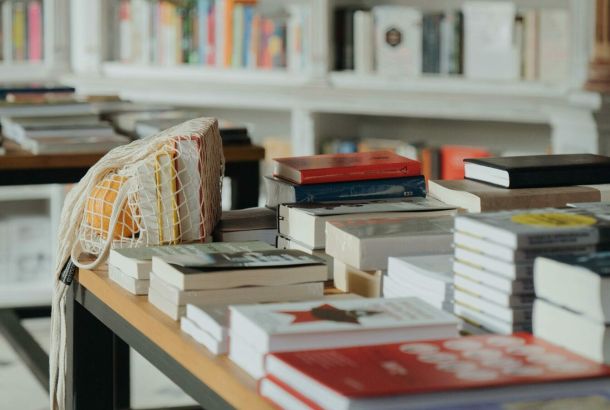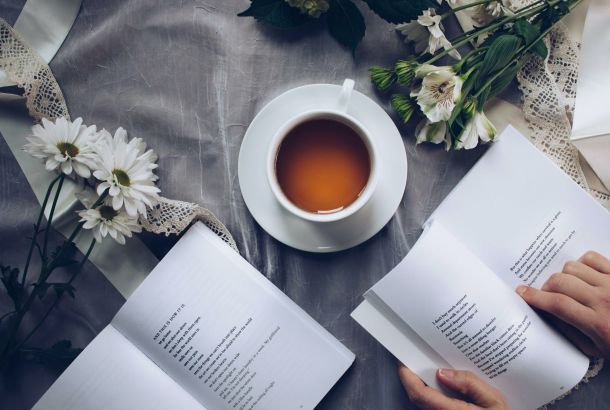Literature in the loo
By Annie Muir
Manchester is full of ‘public literature’. From the poetic ‘Landmarks’ of Lemn Sissay, that transform the Megabus journey into uni into a poetry tour, to the graffiti on the walls of the toilets in Nexus Art Café in the Northern Quarter. Sissay’s famous, outdoor poetry can be seen on the wall of Hardy’s Well pub, and his latest, ‘Let There Be Peace’ stands tall in the atrium of University Place. But I would argue that Nexus’ toilet diaries are no less an important part of the communal, public expression that is outdoor writing.
The strange thing about the toilets in Nexus is that the cubicle on the right is completely empty of writing. The walls of the cubicle on the left in Nexus are covered in advice, stories, and thoughts – alongside quotes from Dr. Seuss, C.S. Lewis, Patti Smith, Oscar Wilde, and Buddha. But no one has written on the right, as a train of scribbles hasn’t been set off. Each doodle on the left actually builds on, and in, the space created by those before it.
This is admittedly a different type of ‘public literature’ to Sissay’s poems, but not necessarily less valuable. Why people feel the need to write on the walls of public toilets can be answered by positing why people write literature at all: to say something instead of nothing.
People write on the walls of toilets, as well as writing any other form of literature, to communicate with other people. Ernest L. Abel and Barbara E. Buckley, in their book The Handwriting on the Wall (published in 1977), describe how psychiatrists at St. Joseph’s hospital in Chicago encouraged patients to write on the walls to promote communication between patients and therapists. This was encouraged after a nurse discovered a blackboard covered with the thoughts and feelings of an uncommunicative schizophrenic patient; she then wrote some questions on the blackboard and the patient replied, creating a dialogue. The writing on the walls of public toilets creates evidence of other minds at work in those toilets, and therefore gives people something to communicate with. A dialogue is provoked.
There is a long history of people writing on the walls of public toilets, and of authorities trying to curb such practices. Abel and Buckley also discuss how the ancient Romans wrote on the walls of their public latrines, and how the authorities tried to protect their walls by placing ‘deities or religious emblems on their toilet walls.’ These days the problem seems to be solved by applying endless coats of paint to the walls of public toilets or getting the toilets done-up to look too clean to soil with our thoughts. (This has certainly been attempted in the library loos.)
There is, in fact, very little graffiti in the toilets of the university campus. I found a few examples of ‘FREE PALESTINE’, a drawing of a flower around the edge of a toilet-roll dispenser, and a small, exclamation/ question: ‘WHEN WILL IT ALL GET BETTER??’ Here- as in literature- the silence can speak manifold. Are we becoming less communicative? Less politically engaged? Does our democratic, instant access to ‘public space’ online, in fact disenfranchise us from the public spaces around us in the world, from contributing to and being provoked by? Do the attempts of the authorities to ‘clean’ up public spaces, also neutralise them?
Sissay’s work is a form of graffiti which is sponsored by the council rather than censored, and however great it looks, or much it makes you think, it does not ask you to contribute or create a dialogue the same way ‘WOMEN ARE NOT OBJECTS’ spray-painted on the side of the students union does. Because the latter is unsanctioned, because it is anonymous. By painting over the scribbles on the walls the council are in a sense erasing history, enforcing censorship and filling our minds with blank walls instead of questions like: when will it all get better?







